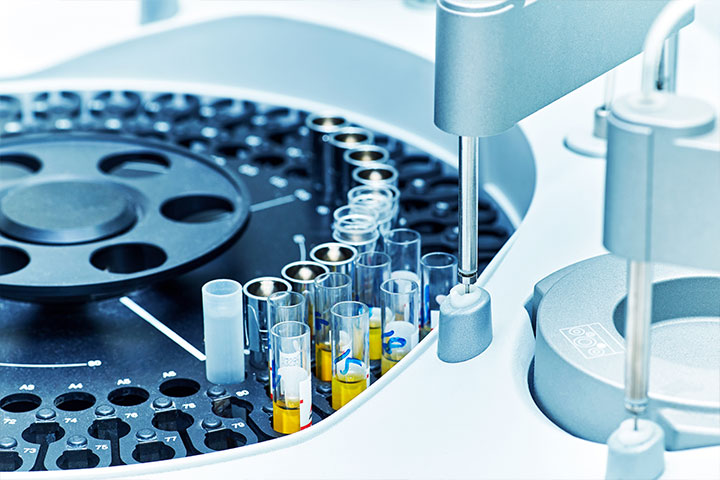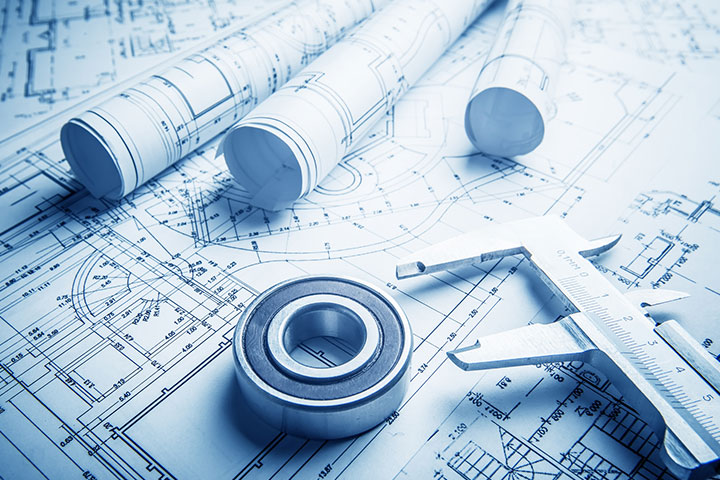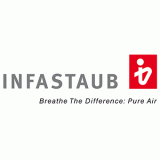The placing on the market of machinery or equipment on the market of the Eurasian Economic Union shall be subject to the requirements of the relevant technical standards. These requirements include conducting a risk assessment. The risk assessment is carried out in accordance with ISO 12100-1, ISO 12100-2, ISO 13849-1 and GOST-R 51344-99 and has many similarities with the requirements of the European Machinery Directive 2006/42/EC.
The aim of the risk assessment is to ensure safe machine operation. The risk assessment must not only identify the risks but also develop all possible risk mitigation measures. The risk assessment is carried out during all machine life cycles: development, construction, assembly, repair, maintenance, repair, and disposal. The risk assessment is part of the safety assessment. It is recommended to prepare the risk assessment as a separate document and attach it to the safety consideration.
The risk assessment is carried out in three steps:
- Risk analysis
- Risk assessment
- Risk reduction
Risk analysis:
- Determining the scope and characteristics of the machine:
i.e. application, space requirements, types of energy, supplies, and waste products, life cycle - Identification of hazards:
mechanical, thermal, electrical injuries, noise, vibration, radiation, emission of hazardous substances, risk of slipping, tripping and falling - Estimate the risks:
- list of possible hazards
- description of risk sources, risk factors, entry conditions
- preliminary risk assessment
- preliminary recommendation on risk minimization
Risk assessment:
Once the potential risks have been identified, a risk assessment must be carried out for each possible hazard.
The following risk elements must be considered and evaluated:
- Extent of damage: how serious the injuries or damage to the health of persons are, what the number of people affected is, what the impact on the environment is, and what is the possible damage to property
- Probability of occurrence: depending on the frequency and duration of the stay in the hazardous area, technical and personnel options to avoid or mitigate risks
Every potential danger must be eliminated. GOST R ISO 12100-2-2007 Section 5 provides a set of possible risk mitigation measures.
Risk reduction:
Risk reduction can be achieved by the following protective measures:
- elimination of hazards through improved safe construction of the machine
- risk reduction through the inclusion of supplementary protective measures
- risk reduction through user information
Elaboration of the risk assessment
A risk assessment must be designed in such a way that the results and calculations of experts who are not involved in the design can be checked or repeated. The risk assessment includes the measures taken and the results achieved.
Risk assessment contains the following information:
- description of the machine or system
- possible hazards
- objectives that must be achieved through the protection measures
- protective measures for risk elimination or minimization
- residual risks
- results of the quantitative risk assessment
Our services
Our experienced experts develop high-quality technical documentation for the conformity assessment: EAC Certificate, EAC Declaration, state registration, fire safety certification, etc. If necessary, we can translate your documents into Russian.
Costs for the preparation of the risk assessment
The cost for preparation of the risk assessment depends on various factors. We always find an individual concept and offer a variety of payment options to meet the needs of our customers.



















































